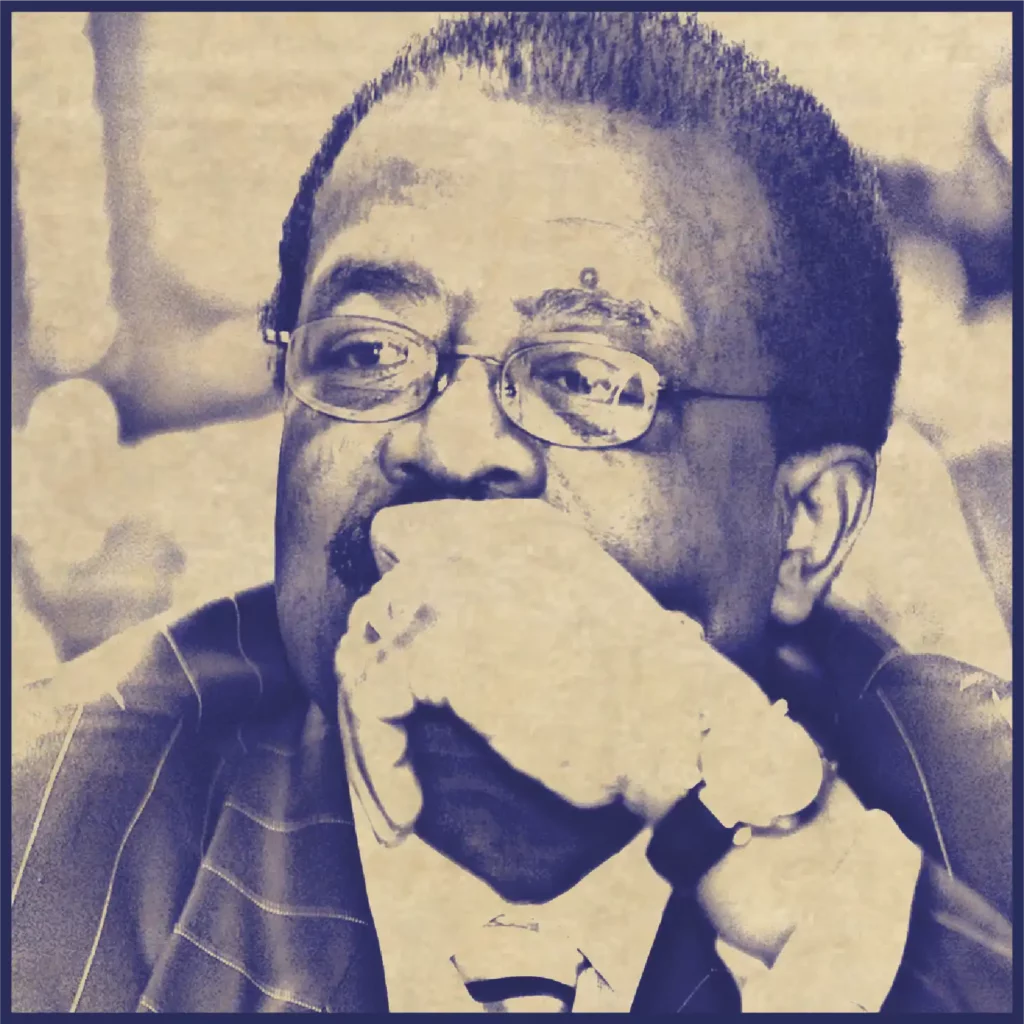Evidence At Trial
A case may be won or lost depending on how the evidence is presented at trial. If the judge or jury does not understand the theory of the case or the testimony of the witnesses they will have a hard time ruling in your favor.
This is why it is extremely important to choose an attorney who has experience trying automobile accident cases. It is not enough that your attorney has experience in "handling" the cases if he has not successfully tried them also.
In automobile accident cases, the plaintiff, or the person bringing the claim has the burden of proving every element of the case by a preponderance of the evidence. This means that the plaintiff must prove that a fact is more likely true than not. Something is more likely true than not if it is 50.1 % certain, instead of 50% true.
Not only must the plaintiff prove that the other driver was at fault, but also that it is more likely true than not that the proven negligence caused the injuries and damages claimed by the plaintiff. If the evidence presented by the parties results in the jurors thinking it is a tie, the plaintiff loses.The defendant does not have to prove anything. He can simply sit back and deny the allegations of the plaintiff or point the finger at someone else.
Organizing The Case
Organizing the case is critical to a smooth and efficient presentation at trial. There is nothing more distracting and noticeable to a jury than an unorganized attorney. The factual and legal issues are challenging even when one is well prepared and organized.
At trial, the order of evidence, witnesses and proof is usually presented in chronological fashion so as not to confuse the jury. If the facts or issues of a particular case dictate that order other than the chronological sequence of events is necessary, that presentation should be simple and easy to understand.
At trial, the most important thing to do with the witnesses is to spend the time to prepare them. The attorney must go over the strengths and weaknesses of the case. The attorney must advise them of the theories and arguments that the defense will throw at them. They must give credible and non adversarial responses on cross examination.
At trial, the proper use of the exhibits is critical. However, the effective use of the exhibits is not a last minute function. It is the culmination of planning that begins with an analysis of the evidence, the organization of the medical records, and finally, the effective use of the record as an exhibit.
In sum, the presentation of evidence at trial can easily make or break the case. An experienced automobile accident attorney knows how to present these cases so that the maximum effect will be achieved on behalf of his client.


